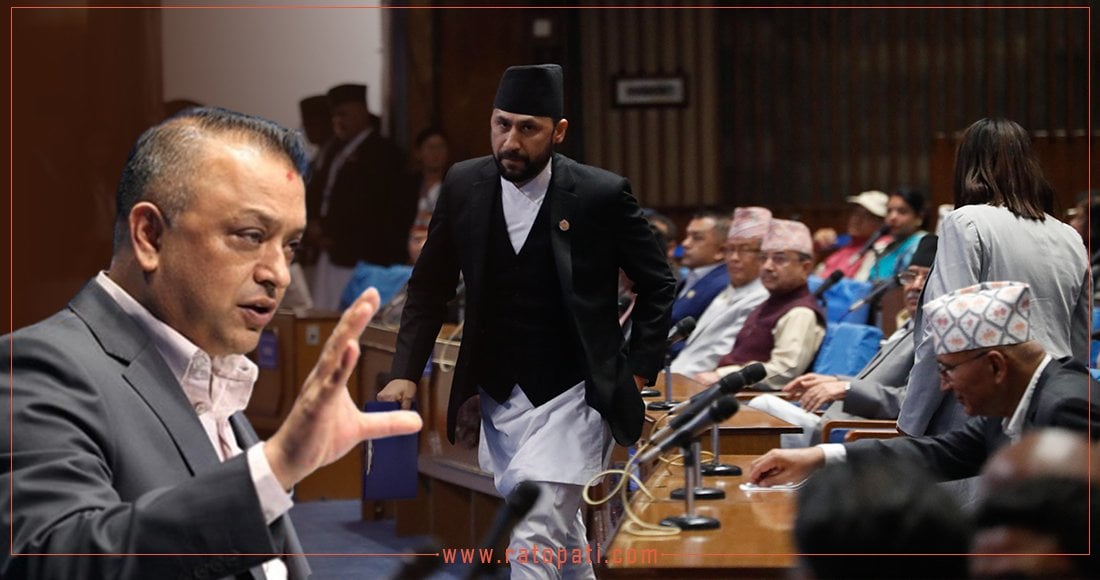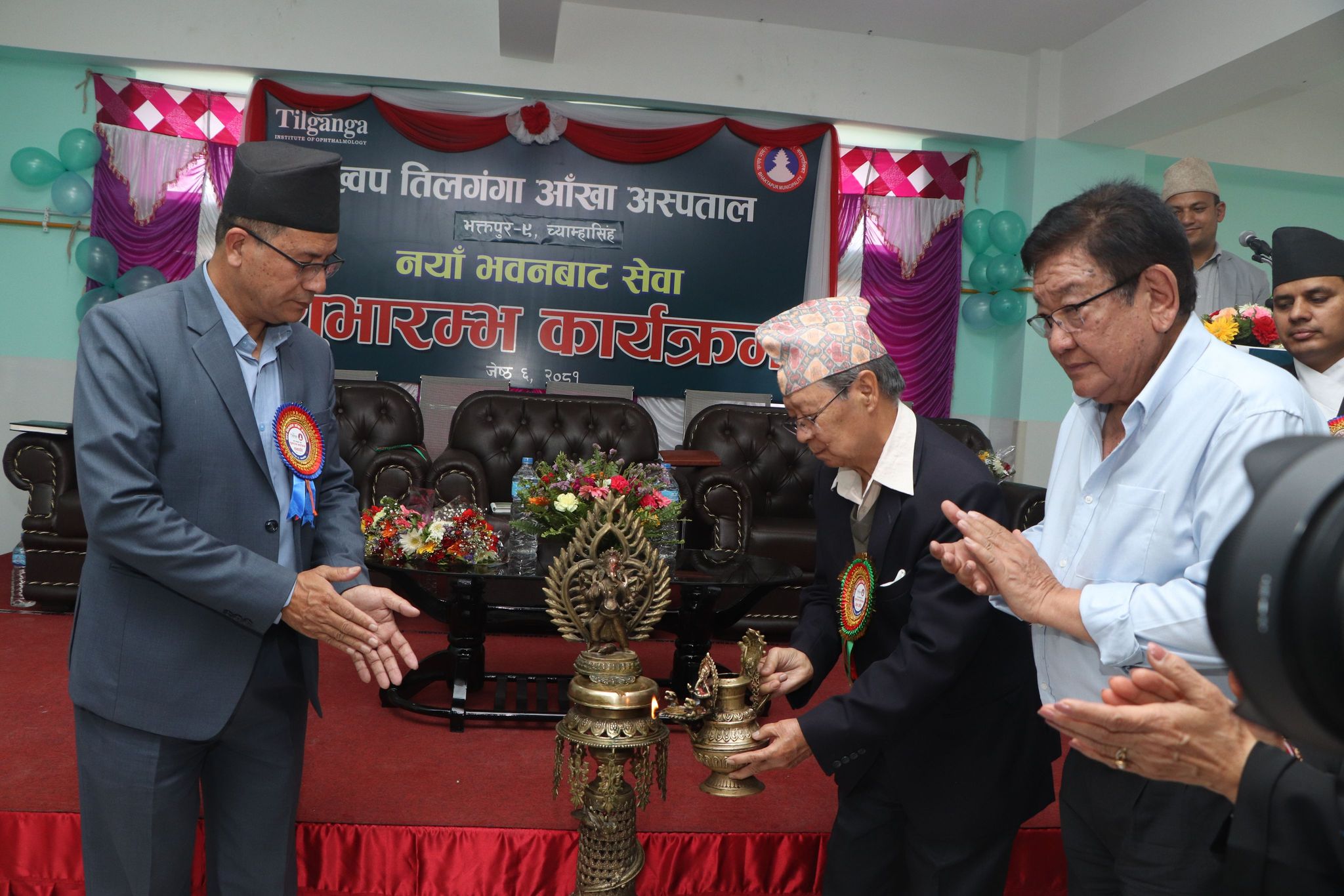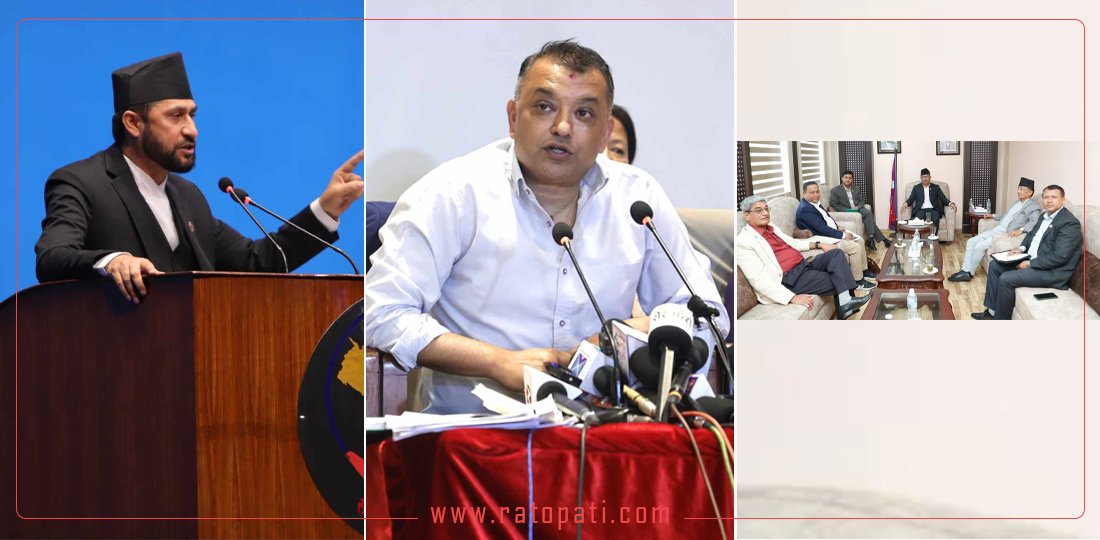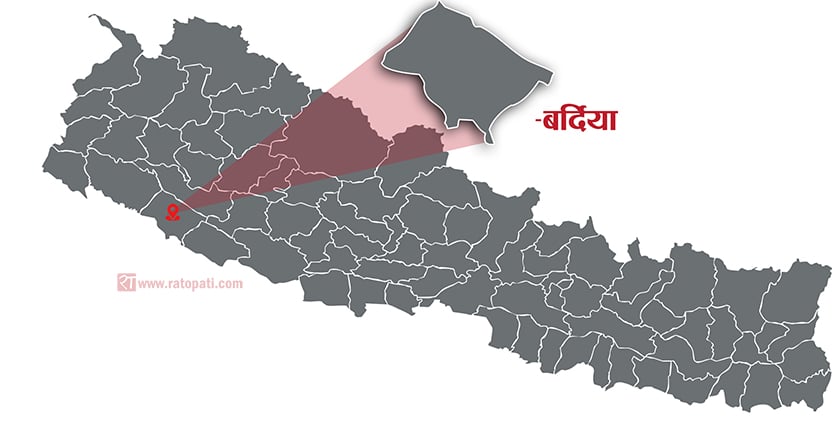Balen, parking, and problem
 By Narayan Prasad Mishra
By Narayan Prasad Mishra
When demand and supply do not tally, problems arise. This is the theory of economics, which applies to many aspects, not just money or goods. We face numerous issues in our capital due to the mismatch between demand and supply. These issues primarily include electricity, water, sewage, parking, public transportation, etc.
The three cities—Kathmandu, Lalitpur, and Bhaktapur—in the Kathmandu Valley are growing day by day without proper planning. People from all over the country flock here for jobs or business opportunities. We have more people than available living space and more vehicles—trucks, cars, motorcycles, and buses—than land to accommodate them. Almost all of our riverbanks have become settlements. They are making those rivers their restrooms.
Consequently, our holy rivers in the Kathmandu Valley have turned into the most polluted, emitting unbearable odors and filled with dirty sewage. Ballen Shah, the most energetic Mayor we have ever had, expressed concern for cleanliness by removing settlers from the riverside. However, he lacked support and cooperation from the government, hindering his efforts. More than that, even the top leaders of some major political parties are encouraging the settlers to protest against it instead of helping the Mayor with his action for a good cause. This is also a condemnable example of dirty politics differing from good democratic culture. People residing near the riverside are more aware of this issue. During the dry season, when rivers have less water flow, the stench becomes unbearable. This year, the smell is worse compared to the last few years. The Bagamati Clean Campaign seems more focused on ceremonies and publicity than actual work. Our government appears oblivious to these problems and does not show any concern as if they have no nose, ear, or eyes.
Among all the issues, parking is also a pressing concern in the city. People need to visit government offices, such as land registration, surveys, CDO, court, electricity, water, transportation, etc. Additionally, they need to go shopping. Kathmandu is no longer as small as it once was. Naturally, people use their vehicles—cars, motorcycles—if they own one. However, there is hardly any available parking space, despite the fact that the current Mayor of Kathmandu wisely enforces rules for parking provision in buildings where they have parking garages. A few days ago, when I went to the Chief District Officer’s Office in Kathmandu in my car, I had to return due to a lack of parking space around. Everyone is aware of this problem, but it remains unsolved. I do not know how and when the government or the Mayor will be able to solve this problem.
I live on University Road, Balku Chok, just before the ring road junction. The place is also known as Kuleshwor, Balkhu. The Balkhu River flows from the north side of Thankot, Naikap, to Bagamati River, Balkhu. So Balkhu is called for many places where that river flows until it mixes with Bagamati – Naikap, Balkhu, Khasi Bazar, Kalanki, Balkhu, Kuleshwor. Balkhu. Kuleshwor, Balkhu means the part of Balkhu that comes on the way to Kirtipur or Dakshinkali when you go from Kuleshwor Ganesh to Ring Road Junction.
The Bank of Kathmandu used to be in front of my house at Kuleshwor, Balkhu. After the 2015 earthquake damaged its building, the bank relocated about one kilometer north of Kuleshwor. Recently, it merged with Global IME Bank and moved further north, about 1.5 km from my residence near the small bridge between Kalimati and Kuleshwor. I had to walk to the bank as there was no parking space nearby, and the traffic police did not permit parking on the side of the road. However, the road is quite broad by Nepali standards, and traffic jams due to parking are uncommon.
 Picture of the broad road of Kalimati – Kuleshwore where parking is prohibited, though there is enough space for parking beyond the yellow line.
Picture of the broad road of Kalimati – Kuleshwore where parking is prohibited, though there is enough space for parking beyond the yellow line.
On April 1, 2024, as I was returning from the bank, I saw two traffic police officers walking with a lock. I knew they would lock cars parked on the roadside, even though there was no traffic problem. Curious, I approached them and politely suggested not creating problems for people parking there, as there was no issue due to the broad road and quiet surroundings, unlike narrow and congested areas. They agreed with me but said they were following orders. They advised me to speak to Balen Shah, the Mayor, under whose decision parking was banned. They also reminded me that he was elected by the people like me.
I recall that traffic police used to create parking problems in the area even before Balen Shah became Mayor. Previously, they turned a blind eye to those who provided them with tokens of appreciation (bribes), while others suffered without parking despite the absence of No Parking signs. Now, the rule applies to everyone.
However, Mayor Balen Shah should use his common sense to allow parking on the side of the road beyond the yellow line where the road is wide and traffic jams are not a concern, based on careful observation and study. This may be any area in Kathmandu where the road is broad and enough space is available for parking beyond the yellow line. Those who break the law should be punished rather than penalizing everyone by prohibiting parking. This is my suggestion, and I hope he will give it due consideration.
The views expressed in this article are the author’s own and do not necessarily reflect People’s Review’s editorial stance.






